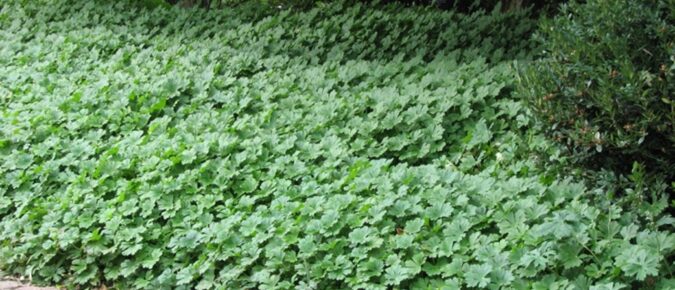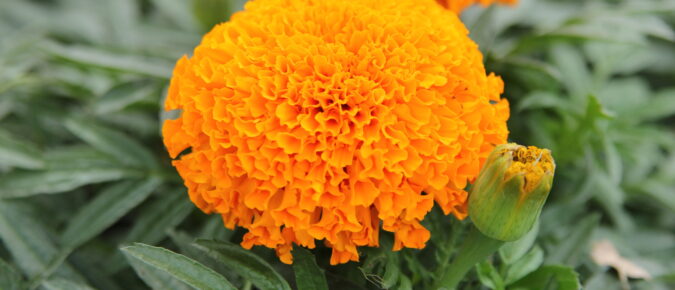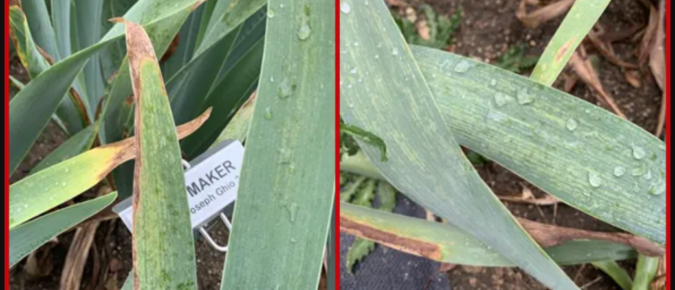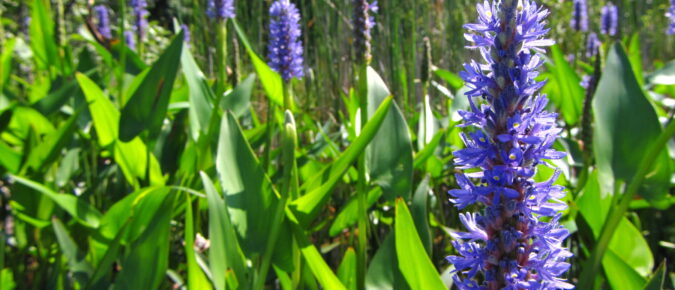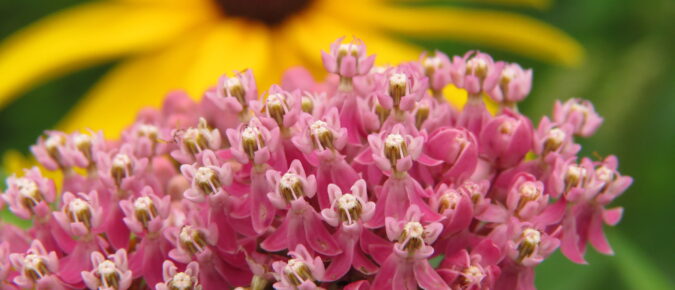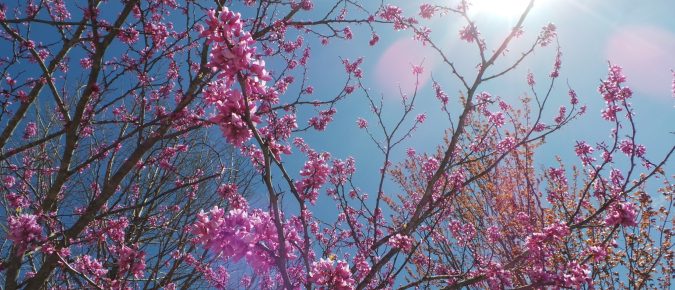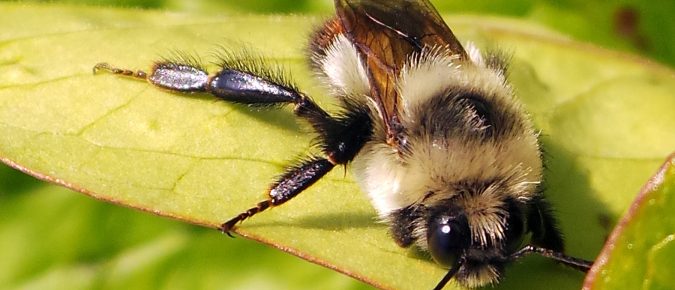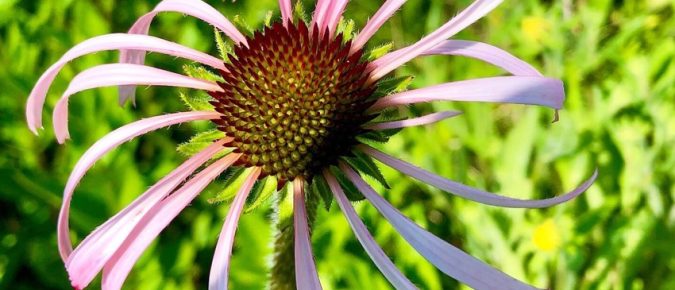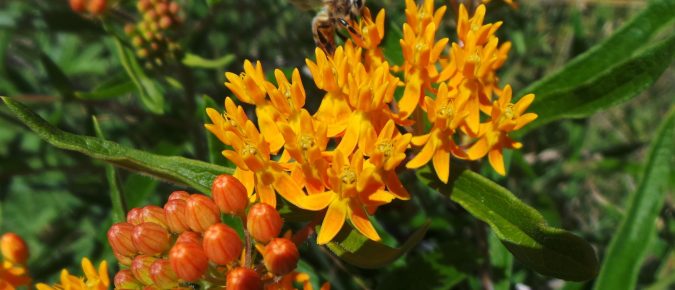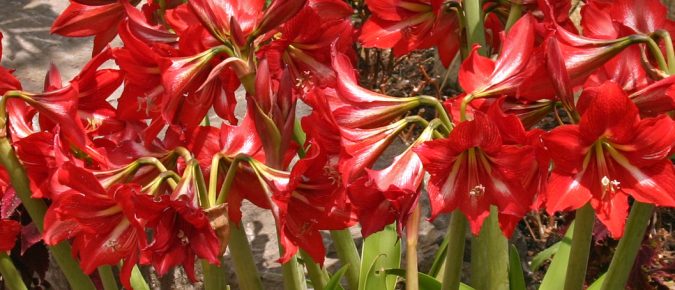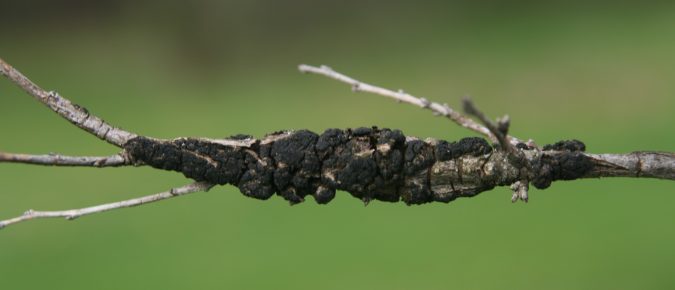Groundcover plants are low growing perennials that spread by trailing stems and cover an area of the ground. Groundcovers provide an excellent alternative for turfgrasses in shade and other tough areas in the landscape. Established groundcovers require relatively low maintenance, outcompete weeds, reduce soil erosion, provide habitat for pollinators, and enhance aesthetic beauty in the landscape.
Marigolds are highly regarded for their vibrant flowers, minimal maintenance requirements, and ease of cultivation. Found in gardens worldwide, these flowers are cherished valued for their visual allure, cultural significance, and application in integrated pest management.
Peonies are a perennial garden favorite, celebrated for their large, fragrant blooms and exceptional longevity. From the wide selection of growth forms and varieties, peonies offer lush foliage and eye-catching blossoms, making them a centerpiece in any garden setting.
Authors: Derrick Grunwald and Renee Rioux, UW-Madison Plant PathologyLast Revised: 12/13/2021D-number: D0130 What is iris severe mosaic? Iris severe mosaic (also called yellow latent disease or gray disease) is a potentially severe viral disease that can adversely affect both bulb and rhizome-forming irises, as well as crocuses. German bearded irises are particularly susceptible to the disease. Commercially produced irises […]
Aquatic and wetland plants are great additions to your water gardens, ponds, and rain gardens to oxygenate the water, shelter and feed wildlife, provide beauty, and support pollinators. The plants we choose for rain gardens are also key to how it will function to reduce runoff. Over time, we have learned that many invasive plants introduced to our gardens impact native species by spreading into natural areas.
Flowers, grasses, and sedges are great additions to your gardens and home landscape to intercept and control dirty water, store and cycle carbon, promote healthy soil, shelter and feed wildlife, and provide pollinator support. Over time, we have learned that many plants introduced into our gardens can negatively impact native species by spreading into natural areas.
Have you heard about “No Mow May?” Many people have committed to not mowing their yards in May, allowing flowering plants to grow to help provide food for pollinators. Before you stow away your mower for May, let’s look at what options you can take to help pollinators this Spring.
By: Claudio Gratton, Professor, UW-Madison Department of Entomology WiBee is a new community science smartphone app developed by the Gratton Lab at the University of Wisconsin-Madison. Using WiBee, you can help increase the research data on diverse pollinator species and can also provide growers with better pollination management recommendations and share more information about the […]
By: Mark Renz, Professor, Extension Weed Specialist, UW-Madison Planting pollinator friendly habitats is an important practice to help support pollinator conservation, but managing the weeds can make it challenging. In this video, you will learn about Mark Renz’s research about weed management options and what factors you should consider when planning and establishing pollinator plantings. […]
By: Susan Carpenter, Wisconsin Native Plant Garden Curator, UW-Madison Arboretum In this video, learn how to select and care for plants to attract and support diverse pollinators in your garden all season long. This presentation emphasizes native plants and pollinators and includes sustainable gardening practices. Pollinator Gardens: Plant Selection and Garden Care (Link to YouTube) […]
By: Janell Wehr, Horticulture Outreach Specialist Festive houseplants are common gifts in winter. In this video, learn how to keep a poinsettia, Christmas cactus, Norfolk Island Pine and other favorite gift plants thriving. Common gift plants are usually native to tropical locations around the world, in particular Norfolk Island Pines, holiday cactus, and poinsettias. Using […]
By: Amanda Gevens, Professor and Integrated Extension Specialist Plants can be affected by fungus, bacteria, viruses and other factors. In this video, you will learn how to look for symptoms of plant disease, cultural methods to reduce disease pressure, and other management practices. Plant disease is an abnormal response in plant health to a pathogen, […]

